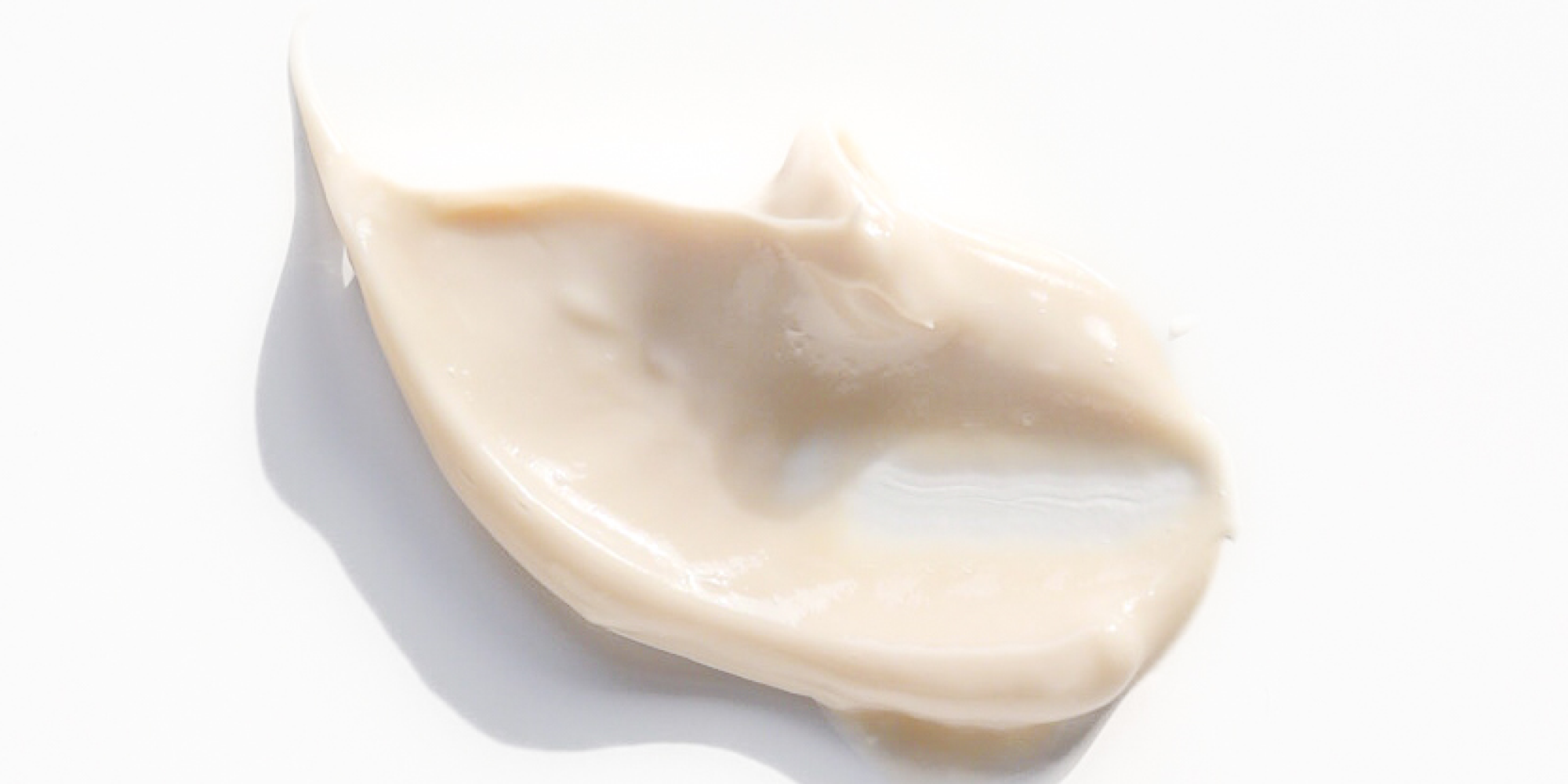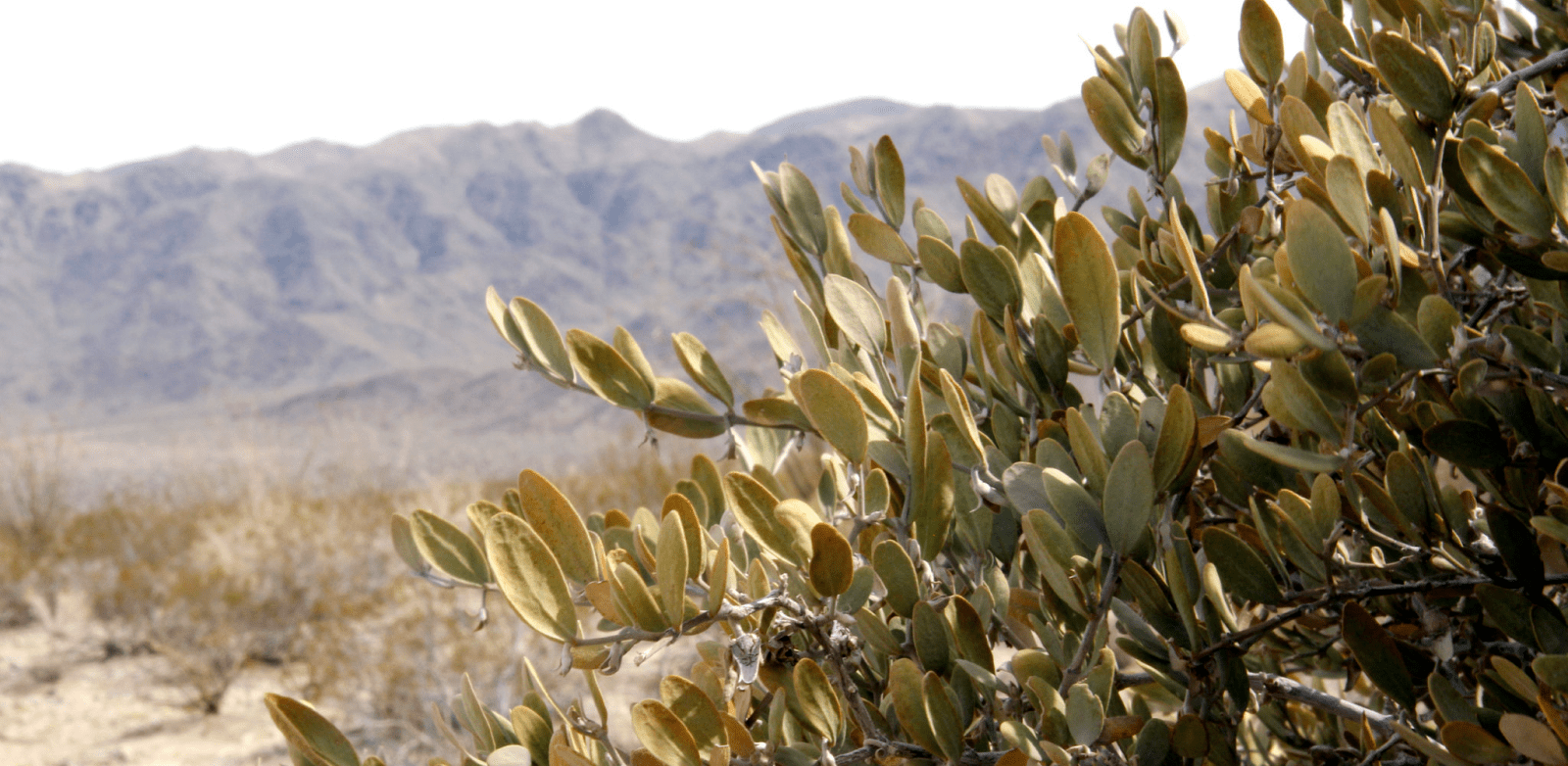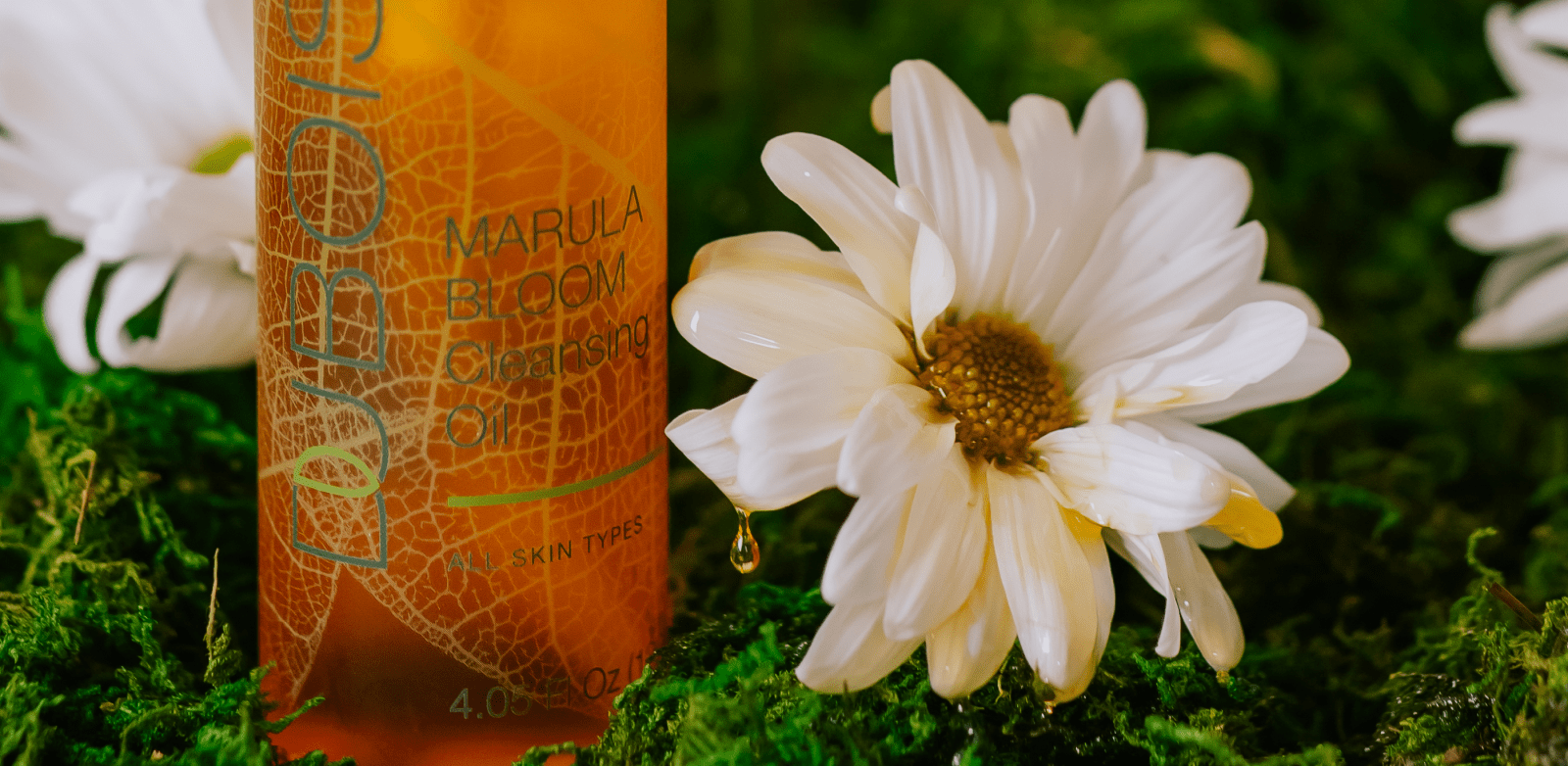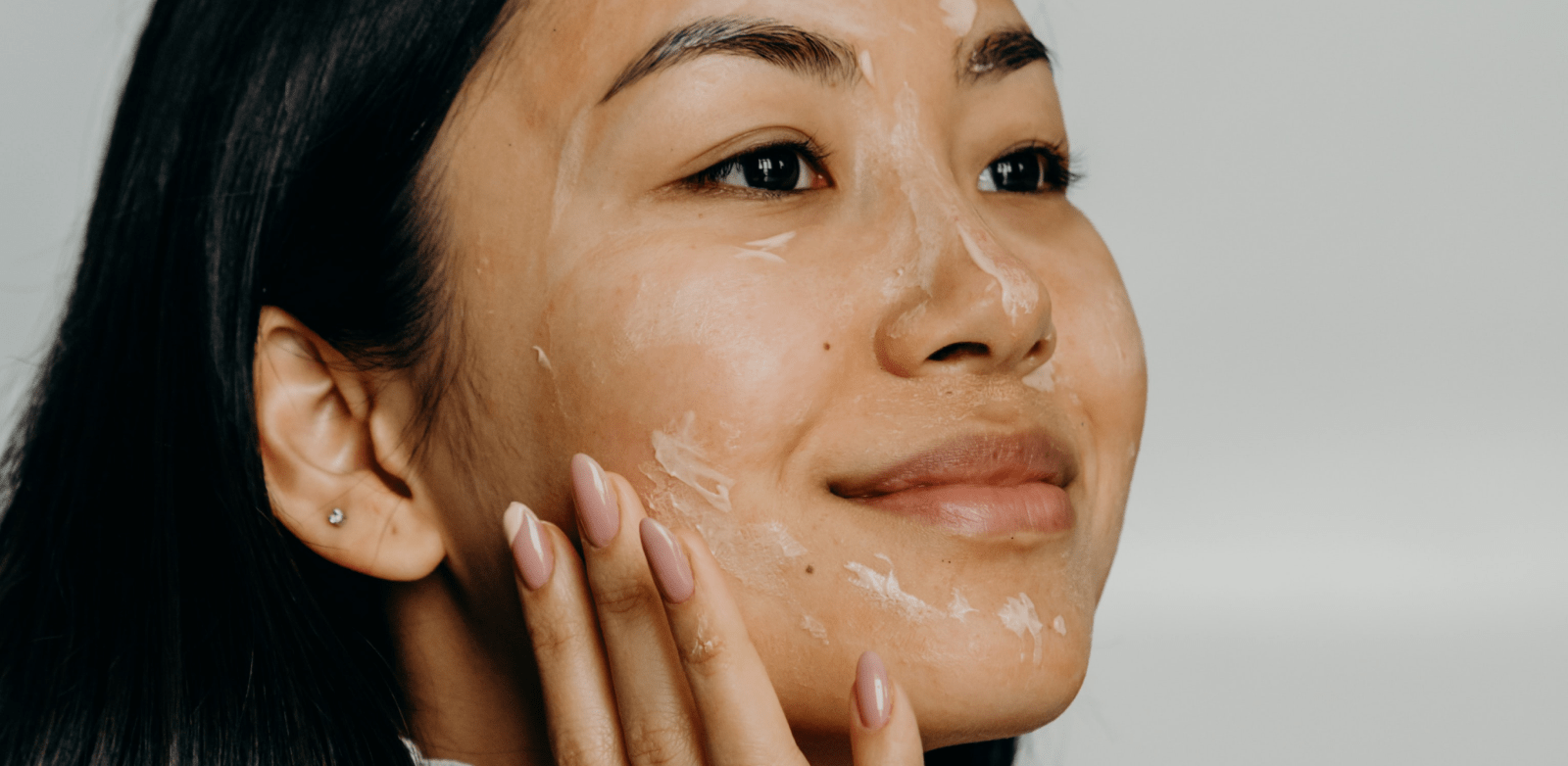
Wellness Tip: Understanding Exfoliation
Exfoliation is any skincare technique that removes the dead cells which gather on the outer layer of the skin. There are both physical (or mechanical) and chemical forms of exfoliation. Exfoliation can improve your skin’s appearance through removing dry or dull skin to reveal new cells underneath, increasing blood flow, and improving overall complexion. Exfoliation can also unclog pores and reduce their size, make fine lines and wrinkles less visible, and support skin in being more able to absorb other skin care products like moisturizers or serums.
Types of Exfoliation
There are two main kinds of exfoliation:
Physical or Mechanical Exfoliation
Types of mechanical exfoliation include: skin brushes, scrubs, microdermabrasion, and dermabrasion which all work by lifting dirt and dead skin cells through friction. Scrubs often include small abrasive particles such as sugar, jojoba beads, or oatmeal.
Chemical Exfoliation
Chemical exfoliants include face peels, toners, masks, and more which contain acids and/or enzymes which work to loosen dead cells from the skin’s surface chemically. Chemical exfoliants often include ingredients such as alpha hydroxy acids (AHAs) and beta hydroxy acids (BHAs).
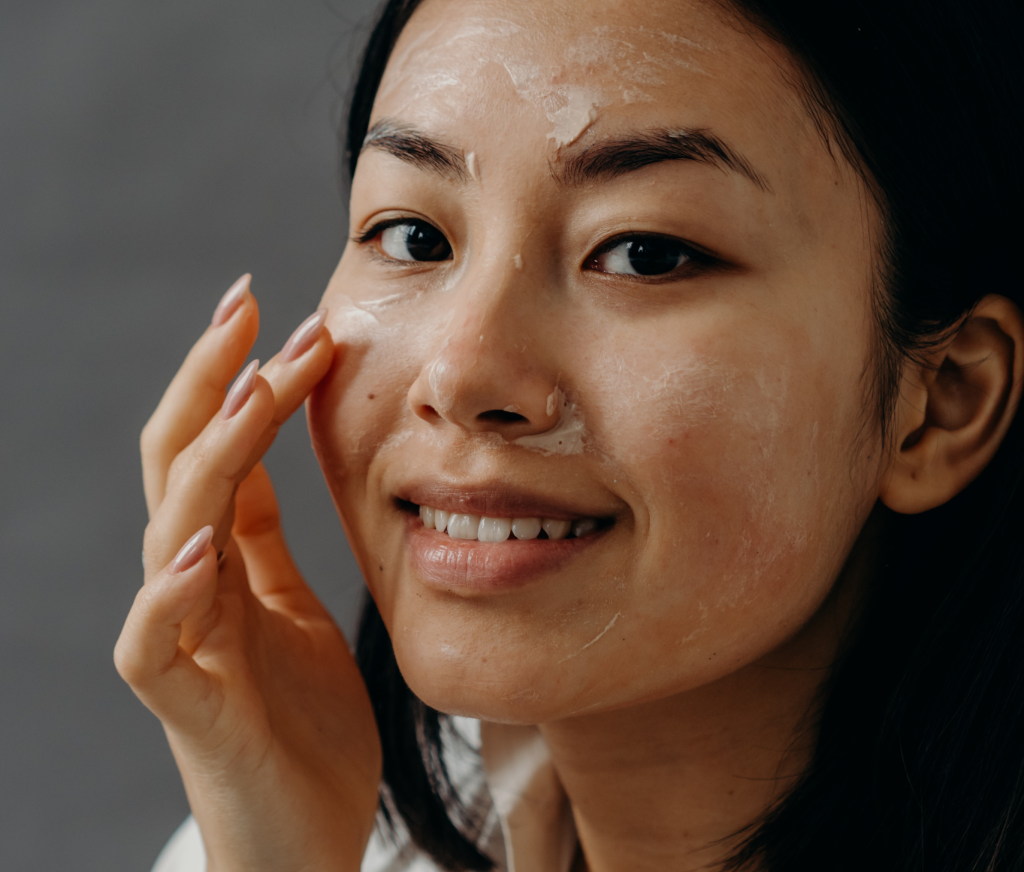
What Kinds of Skin Can Benefit from Exfoliation?
The skin is the largest organ in the body. From the face, to lips, to body, to feet, all parts of our skin can be brightened and improved through exfoliation. Elbows, knees, thighs, buttocks, and feet tend to be drier body areas which may benefit from physical exfoliation through use of brushes, pumice stones, loofah sponges, and full-body exfoliating scrubs.
Additionally, all skin types may benefit from exfoliation on the face, though dermatologists recommend that those with dry or oily and acne prone skin do research into the best exfoliants for their skin. Dermatologists recommend those with dry skin avoid any ingredients that may further dehydrate the skin such as some retinoids, and those with oily skin may want to choose a product containing ingredients which treat acne and exfoliate at the same time.
Risks of Exfoliation
As with any kind of skincare routine, your individual skin type will inform how often you should exfoliate and which products you should use. Those with sensitive skin should spot test products to ensure no adverse reactions occur before applying a new exfoliating product to the skin. Experts say it’s important to not overdo it.
Over exfoliation may lead to red, peeling, and irritated skin. Additionally, many skin care experts recommend using products containing gentler exfoliants, such as jojoba beads, to prevent micro-lacerations which can lead to inflammation and clogged pores.
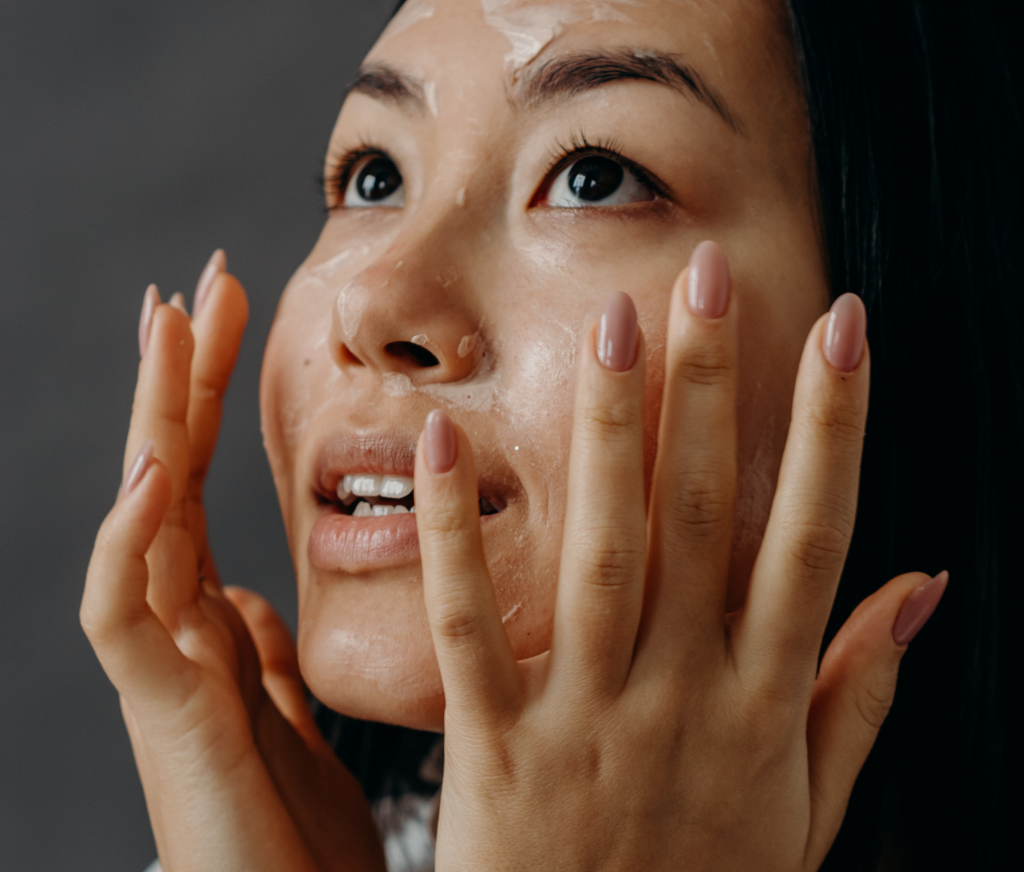
How Often to Exfoliate
Experts recommend the following in terms of frequency of exfoliation by skin type:
- Normal skin: start by exfoliating 2-3 times a week, increase if your skin tolerates it well
- Oily skin: often oily skin can tolerate more frequent exfoliation, even daily.
- Sensitive skin: start by exfoliating once a week, and if your skin doesn’t tolerate it well, skip this step entirely.
How to Exfoliate at Home
Here are a few tips experts recommend for exfoliation at home:
Use gentle ingredients such as spherical and biodegradable jojoba beads over sharp scrubbers like those made from walnut shells Start slowly. Try exfoliating once or twice a week to begin. If you have extra sensitive skin, you may want to spot test new exfoliating products before applying them to your whole face Stop if your skin becomes irritated.
Exfoliation is a powerful component on the journey to healthy skin and a bright complexion. From your heels to your elbows to your forehead, all parts of the body can benefit from regular gentle exfoliation.
Discover four ways to use our RENEW Buffing Cream to give yourself a luxurious, sensitive-skin-safe at-home exfoliating treatment.



